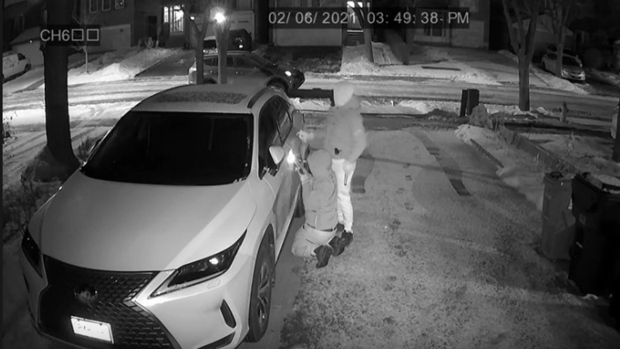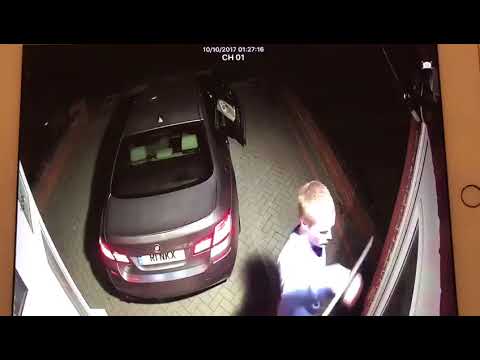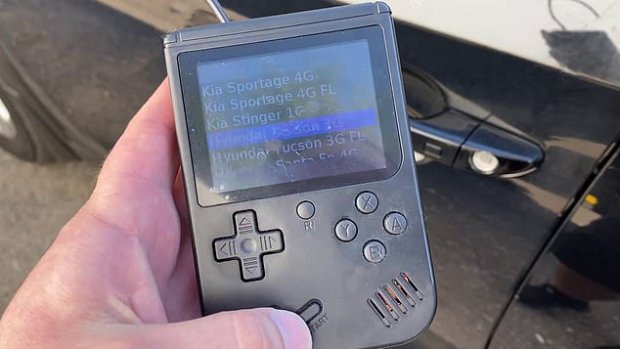- :
- 2019 CX-5 Signature
That's what they thought back in 2019. Here's what was recently discovered:Toyota & Lexus vehicle theft around Ottawa

Toyota, Lexus owners warned about thefts that use 'relay attacks'
Security experts are warning owners of Toyota and Lexus vehicles not to rely on their automobile's anti-theft system following a rash of brazen thefts across the Ottawa region.Since April, criminals have made off with more than 100 of the Japanese-brand vehicles from Petawawa to Casselman, Ont...ca.news.yahoo.com
“Typically what we were seeing was that groups of thieves would target affluent residential areas in the GTA” Det. Scott Cresswell of the York Regional Police Auto Cargo Theft Unit said in a video statement online. “They would generally scout cars in the early evening hours. Returning in the early morning hours, they would force entry to the vehicle.”
According to police, the suspects would enter the vehicle and reprogram the ignition computer to recognize a new key, or fob, allowing it to be driven away.
Surveillance footage released by police shows on such theft.

Police recover $4.5M worth of stolen high-end vehicles after busting high-tech GTA car theft ring
Police in the Greater Toronto Area say they have busted a car theft ring and seized more than $4.5 million worth of high-end vehicles stolen from GTA driveways.
toronto.ctvnews.ca







